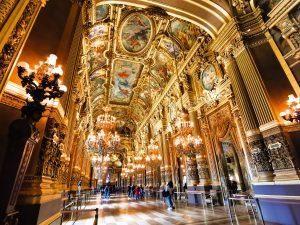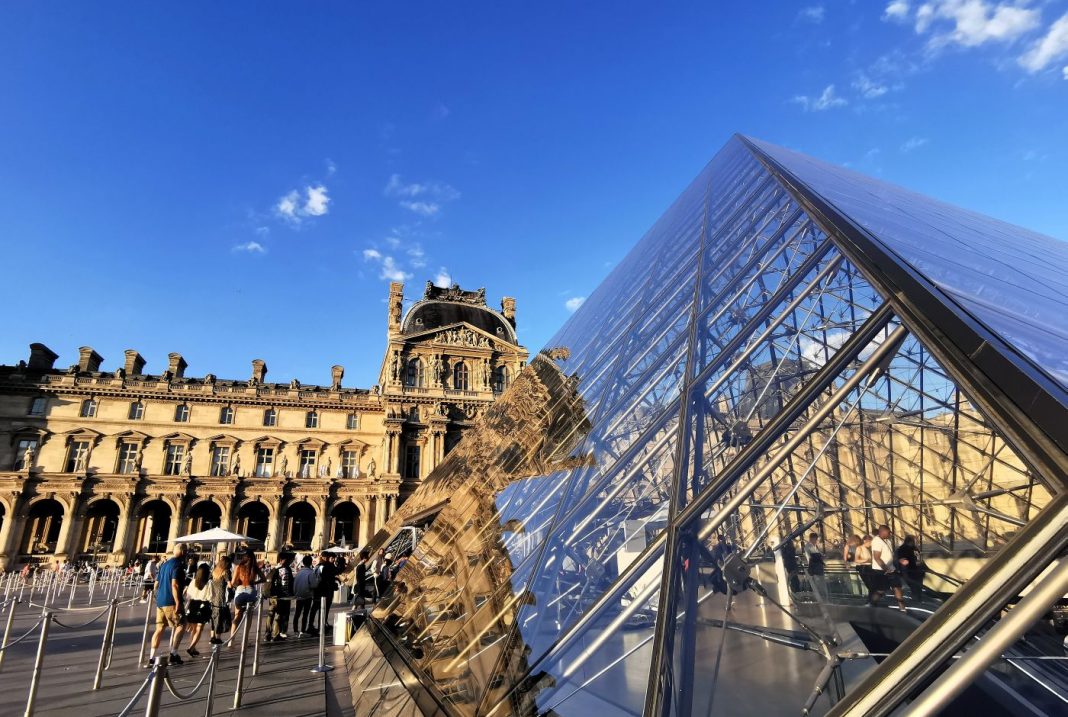The proposed differential pricing will act as a tool to generate funds for critical renovation efforts. Especially as France’s Ministry of Culture faces deep budget cuts.
Time is indeed running out. According to an October report by the French Court of Auditors, the Opéra Garnier and the Opéra Bastille could temporarily shut down by 2027 due to deteriorating infrastructure and aging technical systems.
The Louvre Museum hopes the new pricing model will raise €20 million annually, helping to cover part of the urgent needed repairs as the institution is flirting with 9 million visitors a year.
French President Emmanuel Macron visited earlier this year the museum and unveiled a rescue plan. A 10-year transformation would cost between €700 and €800 million. It would include new entrance areas able to accommodate up to 12 million visitors a year, to compare to the Pyramid conceived for 4 million.
The famed Mona Lisa painting will also receive a new dedicated space under the renaissance-built Cour Carrée. Its transfer will permit to take away crowds only interested with selfies showing Mona Lisa in the background… while neglecting completely other painted masterpieces exposed in the same room!
Talking to Le Monde, Cécilie de Saint-Venant, in charge of development at Chambord Castle, told the price hike is necessary. “The château needs €100 million over the next ten years for restoration work. It includes €25 million just for the François I wing. We simply can’t cover that with current revenues.” Chambord, which currently charges €19, plans to raise the price to €29 for visitors from outside the European Union.
 The Opéra Garnier in Paris welcomes on average one million visitors per year (Photo: LC/Cleverdis)
The Opéra Garnier in Paris welcomes on average one million visitors per year (Photo: LC/Cleverdis)
At Versailles, non-EU tourists already account for 42% of its 8 million annual visitors. At Chambord, they make up about 10% of the site’s 1.1 million yearly entries.
Is a different pricing fair ?
The Paris Opera is facing significant modernization needs on the Palais Garnier and the Opéra Bastille. Investments of 600 million euros are necessary until 2037, involving temporary closures of both sites. The main projects concern stage equipment, roofs, facades, and improving accessibility.
President Macron also explicitly endorsed higher rates for non-EU visitors. He sees it as a way to preserve France’s cultural heritage without overly burdening domestic and European visitors. More museums could move to a similar pricing differentiation in 2027.
Some observers already disagree with the idea of a tiered pricing policy. They remind that a law from 2002 says that “entrance fees are set in a way to promote culture access to the widest possible public.” Without reference to the nationality of the public.
